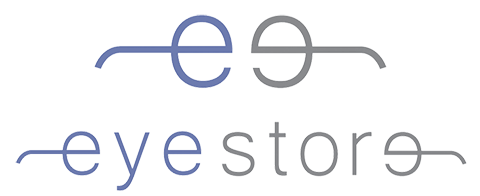By Annita Duong, Optometrist
What is short-sightedness?
Short-sightedness or myopia refers to the abnormal and progressive elongation of the eyeball. As the eyeball lengthens, light no longer focuses correctly on the retina but in front of it, leading to blurred distance vision.
This stretching of the eyeball also increases the risk of developing eye diseases, such as glaucoma, cataracts and myopic maculopathy.
What causes myopia?
A combination of genetics and lifestyle factors can increase your child’s risk of myopia and its progression.
If parents have myopia, the child’s risk of developing myopia increases by:
- Neither parent: child has 22% chance.
- One parent: child has 31% chance.
- Both parents: child has a 46% chance.
Lifestyles that lead to an increased risk of developing myopia includes:
- Extended near work such as studying or reading books.
- Extended use of digital devices such as phones, tablets, computers and tv.
- Poor lighting conditions.
- Not getting at least 2 hours of outdoor time daily.
How do I know if my child is myopic?
It is important that children get regular examinations to pick up any eye issues, such as myopia, early. Our optometrists recommend an eye examination at least once a year between the ages of 4 to 21.
What signs can I look out for?
Quite often, children do not demonstrate any obvious signs of myopia. The surest way to diagnose is through an eye examination. However, if you do notice any of the following signs in your child, it may be an indication of myopia so bring them in for an eye test!
- Complaints of difficulty seeing distance objects
- Sitting close to the TV
- Being distracted in class or reduced academic performance
- Complaints of headache
- Squinting
- Tired eyes

